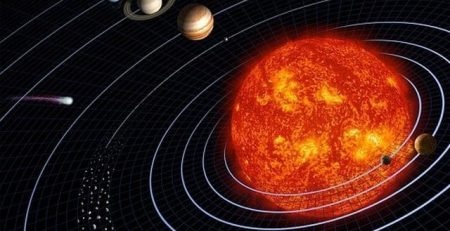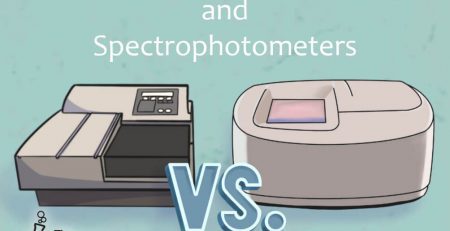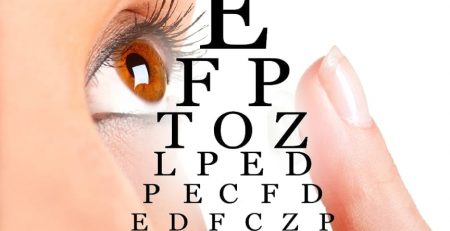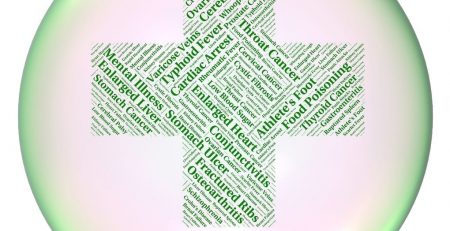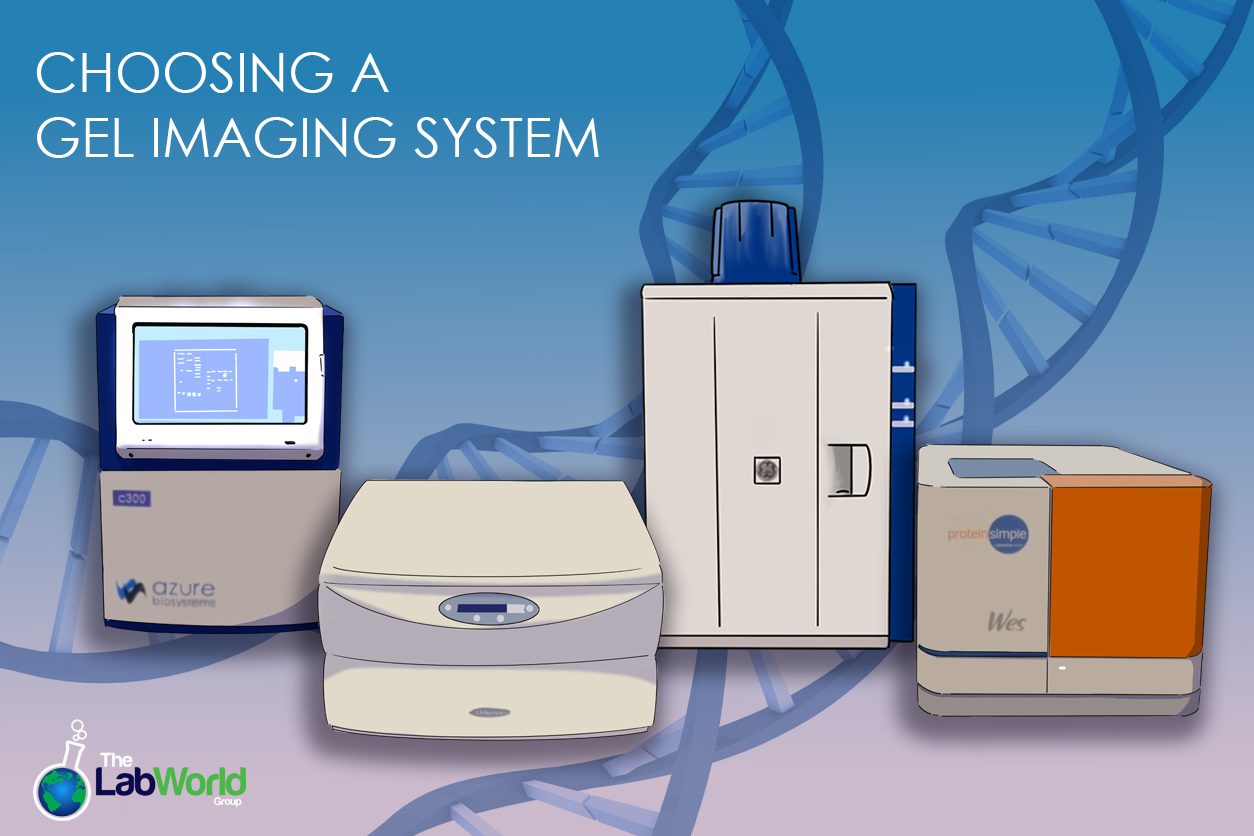
Choosing the Right Gel Documentation System for Your Lab
Amanda2024-08-22T14:23:36+00:00In molecular biology and genetics research, gel documentation systems are crucial in visualizing and analyzing DNA, RNA, and protein samples separated by electrophoresis. Whether setting up a new lab or upgrading your current equipment, selecting the right gel documentation system is pivotal to the efficiency and accuracy of your experiments. Here, we’ll look at key features, lighting options, and price points to consider when choosing the right system for your lab.
Gel Documentation System Features
Imaging quality, first and foremost, is something to consider when selecting a system that meets your needs. Imagers range in degree of resolution. Resolution is often listed in the camera’s megapixels or the final capture resolution. The higher the resolution, the better the clarity and detail of the gel bands. Another key factor that goes along with resolution is sensitivity. A highly sensitive system can detect and analyze faint bands, which can be critical for working with low-abundance targets.
Hand in hand with image quality is how the image is captured. Most Gel Doc systems are set up as a camera over a trans illuminator and surrounded by a light-tight hood. The camera used significantly affects how granular an image you can collect. Another option would be a scanner-type imager that also captures digital images with great sensitivity, storing images for later use.
Gel Doc Light Options
Depending on the dyes you’ll be using, imagers and scanners offer many lighting options for excitation or capturing bands. Most systems have the most common choice of UV lamps as a base but also offer white light. UV is typically used for DNA/RNA gels stained with ethidium bromide, while visible light is suitable for protein gels stained with Coomassie Blue or Silver stain.
A UV lamp might be mercury, which is traditional and not too expensive; however, it will need replacing more often and can generate heat. An alternative is LED. This more energy-efficient version of a UV lamp has a longer lifespan and emits less heat, thus reducing the risk of sample degradation.
More advanced systems will include a Fluorescence Imaging option when working with fluorescent stains (like SYBR Green or GFP). Western blot Systems like the Azure 600 feature UV, RGB, and White light, including chemiluminescence, blue light, and NIR. These systems leverage LED illumination for their long lifespans and overall sample integrity.
Gel Documentation System Software
After capturing your electrophoresis gel or western blot, analysis is needed. Gel documentation system software helps users interpret what they’ve captured and, depending on how advanced it is, gives them insight into the quantification of band intensity and molecular weight. Some systems have integrated software and user-friendly touchscreens. Gel Doc software should have an intuitive interface and guide all levels of users through everything from setup to capture, documentation, and annotation to analysis. Data storage and connectivity are also things to consider. Does the system feature onboard storage, or can it be networked? Seamless data sharing and access make today’s lab workflow more efficient.
Gel Documentation System Cost
The price point is a significant consideration when purchasing a Gel Imager or scanner. A basic system will feature moderate imaging resolution and cover everyday functions. This may be as simple as a single-intensity transilluminator and a camera hood, like the UVP photodoc-it. These systems are ideal for small labs focused only on routine gel documentation.
A mid-range system with better sensitivity, higher resolution, and more robust software may feature an extra lighting option. This could include the option for fluorescent imaging. The Licor Odyssey 9120, for example, uses two solid-state diode lasers for excitation at 685 and 785 nm, covering not only western blot but also in vivo imaging, protein arrays, and gel documentation. Mid-range lab imagers and scanners are ideal for research that requires higher imaging standards and quantification tools.
High-end systems feature the most flexibility regarding lighting options, dye compatibility, features like premade kits, protocol libraries, and much more. These complex systems have high sensitivity, high resolution, and extensive quantification tools. Systems like the Protein Simple Wes Western Blot System are fully automated, handling sample loading, separation based on protein size, washing, detecting, and more with as little sample as 40 nl. The more advanced systems are ideal for laboratories with higher throughput requirements and the need for greater flexibility or complexity.
Final Thoughts
When choosing a gel documentation system for your lab, prioritize features that align with your research needs and budget constraints. Consider the imaging quality, versatility in UV and visible light options, and the availability of robust software for data analysis. Select lamp types that suit your specific staining methods to ensure accurate and reliable results. By carefully evaluating these factors, you can make an informed decision that enhances the efficiency and productivity of your molecular biology experiments.
Buying a gently used gel doc system is one of the best ways to get the most performance for your dollar. These systems have been thoroughly vetted and come with current documentation; we will list all included filters and modular options, so you have a complete picture of what these Lab Imagers and Gel Documentation Systems offer. We’re also happy to answer any questions about our inventory, including new or hard-to-find items.




